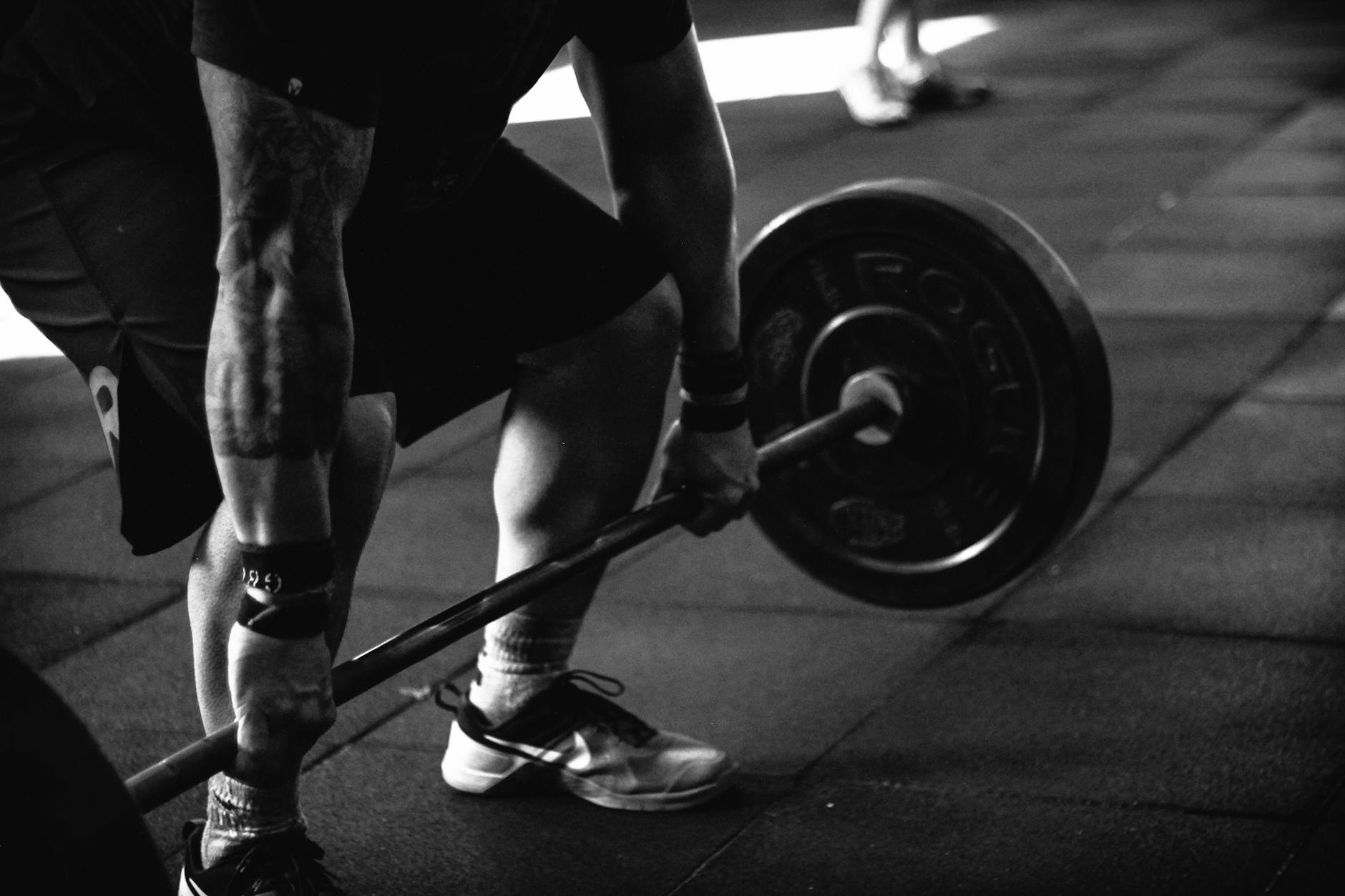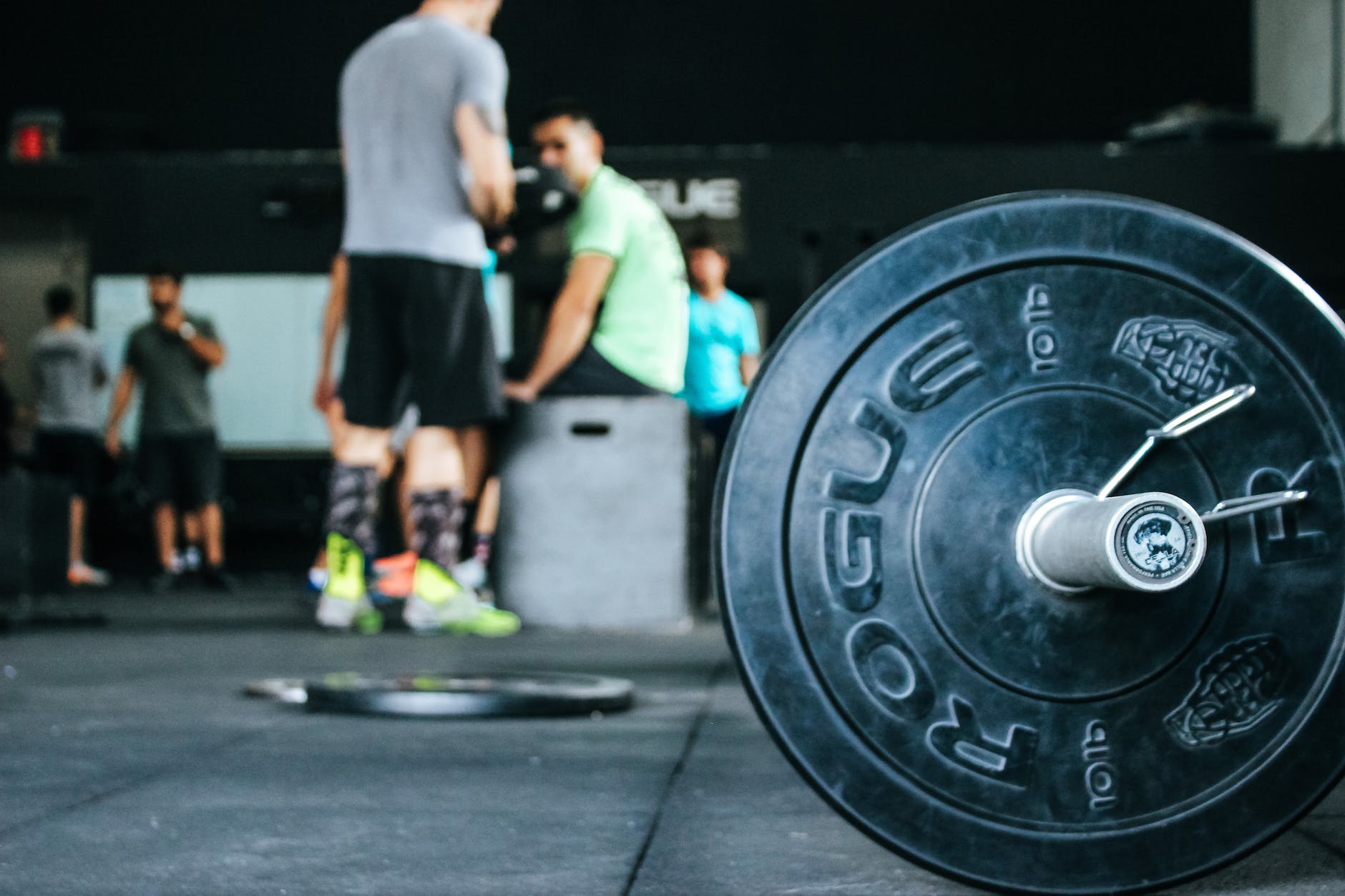
Starting a fitness journey can be a daunting task, filled with uncertainty and questions. You might wonder, “Where do I start? Will I feel out of place? What type of workout should I do? Will people judge me?” If you’ve ever had these concerns, you’re not alone. Many beginners face similar challenges when they decide to step into the world of fitness. In this blog post, we’ll address these common questions and provide you with a comprehensive toolkit to kickstart your fitness journey. We’ll also share some valuable insights and tips that took years to learn, all to make your journey smoother.
Your Toolkit for Success:
1. Workout Routine:
When you’re just starting out, it’s crucial to focus on the fundamentals. Begin with compound movements, which engage multiple muscle groups simultaneously and are more efficient than isolation exercises. Here are some key compound movements to consider:
Squats
Deadlifts
Bench press
Rows
Overhead press
During your initial weeks, practice these movements with just the bar to prevent injuries. You’ll still challenge your body, build muscle, and shed pounds without overwhelming yourself.
2. Workout Frequency and Structure:
Establish a workout routine by defining your fitness goals. Are you looking to lose weight, gain muscle, or achieve an overall sense of well-being? Tailor your plan accordingly. Aim to work out 2-4 days a week, focusing on different muscle groups on different days. This approach allows your muscles to recover adequately.
Remember that flexibility is key. Some weeks you may feel motivated to hit the gym more frequently, while others you might opt for a lighter workout regimen. Listen to your body and adjust accordingly.
3. Nutrition:

As the saying goes, “Abs are made in the kitchen.” Your diet plays a pivotal role in your fitness journey, whether your goal is fat loss or muscle gain. When grocery shopping, pay attention to the following:
Ingredients: Always check the ingredient list for any hidden additives or unhealthy components.
Calories: Be mindful of your daily caloric intake, as it significantly impacts your fitness progress.
Protein: Protein is your ally for staying full and supporting muscle growth.
Carbohydrates: Choose complex carbs for sustained energy and avoid simple sugars found in candies.
Fats: Opt for healthy fats like avocados and nuts, while steering clear of trans fats in processed foods.
Fiber: Incorporate high-fiber foods like fruits, vegetables, and whole grains for improved digestion and appetite control.
Sugar: Beware of added sugars, which can sneak into both snacks and meals, contributing extra calories.
4. Diet Planning:
Structuring a diet plan involves several steps:
Set Clear Goals: Determine your specific dietary goals, whether they involve weight loss, muscle gain, or overall health improvement.
Calculate Daily Caloric Needs: Use a Total Daily Energy Expenditure (TDEE) calculator to determine your daily caloric requirements.
Aim for a Balanced Diet: Incorporate proteins, complex carbohydrates, healthy fats, and fiber-rich foods into your meals.
Portion Control: Pay attention to portion sizes, using measuring cups and a food scale to avoid overeating.
Hydration: Stay well-hydrated throughout the day by drinking plenty of water.
Keep a Food Journal: Maintain a food diary to track your daily intake and hold yourself accountable for your dietary goals.
Incorporate effective weight loss strategies into your fitness journey. Check out our article on ‘How to Lose Weight‘ for expert tips and advice.
Final Thoughts:
Starting your fitness journey can be a challenging endeavor, but remember that you’re not alone in feeling anxious or uncertain. Don’t hesitate to seek guidance, ask questions, or seek advice from experienced individuals at the gym. Understand that nobody is judging you; everyone is focused on their own fitness goals.
Keep in mind that fitness is not a destination; it’s a lifestyle. There’s no endpoint, so embrace the journey. Stay committed, remain consistent, and remember that results don’t mean you should stop. This is a lifelong pursuit of health and well-being.

